In 1942, University of California, Davis (UCD) biologist, Jack Hanna recognized the need for breeding tomato varieties that ripen uniformly and withstand the rigors of mechanical harvesting. In 1949, UCD agricultural engineer Coby Lorenzen and Hanna began developing a mechanical tomato harvester. Parallel efforts by others, notably those started in 1957 by agricultural engineer Bill Stout and horticulturist Stan Ries of Michigan State University, eventually resulted in several different harvesting mechanisms. In the late 1950s, UCD agricultural engineer Steven J.
2005

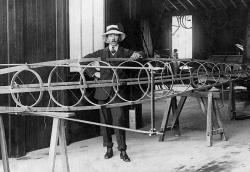
Born 20 July 1873 in the state of Sao Paolo, Alberto Santos Dumont moved to Paris in 1891 but never forgot his birthplace. He soon began experimenting with flying, and designed his first balloon, the Brasil, in 1898. He later built and flew 11 dirigibles, including the prize-winning Number 6. He flew his first airplane, the 14 bis, on 23 October 1906, the first aircraft to take off and land without any external assistance. His many other contributions to aviation included his 1909 Demoiselle, the precursor to modern light airplanes.
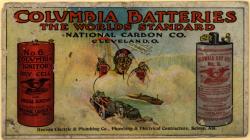
Imagine a world without batteries. It would be a much different world, in which the automobile and the telephone would have developed differently and probably later, a world without many of the conveniences of modern life and without some of the necessities. The battery, ever smaller and more powerful, defines much of our modern comforts and advances. There were many scientific and technological advances on the way to those smaller and more powerful batteries.
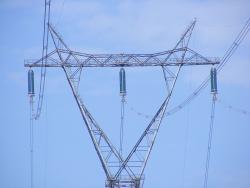
Hydro-Quebec's 735,000 volt electric power transmission system was the first in the world to be designed, built and operated at an alternating-current voltage above 700 kV. This development extended the limits of long-distance transmission of electrical energy. On 29 November 1965 the first 735 kV line was inaugurated. Power was transmitted from the Manicouagan-Outardes hydro-electric generating complex to Montreal, a distance of 600 km.
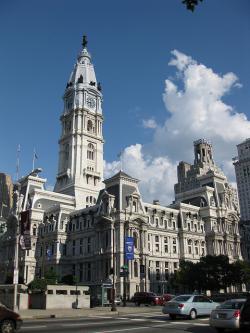
Philadelphia City Hall was the largest masonry load-bearing wall building in the world at the time of its completion in 1901, stood as the tallest occupied building in the United States until 1909, and still is the largest city hall in the United States. The building covers 14.26 acres, originally contained 634 rooms with over 1 million square feet of space, and with its tower and statue of William Penn rises a total of 548 feet above the ground. The construction of Philadelphia City Hall began in 1872 and was completed in 1901.
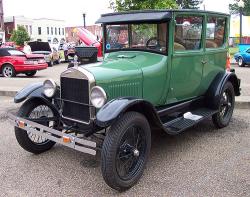
DearbornState: MICountry: USAWebsite: https://www.asme.org/about-asme/who-we-are/engineering-history/landmarks/233-model-tCreator: Ford Motor Company, Wills, Childe
When Ford Motor Company introduced its new Model T on October 1, 1908, even an inveterate optimist like Henry Ford (1863-1947) could not predict the vast changes that his rather homely new vehicle would produce. What flowed from this series of bold innovations was more than an endless stream of Model Ts — it was the very foundation of the twentieth century itself. The assembly line became the century's characteristic production mode, eventually applied to everything from phonographs to hamburgers.
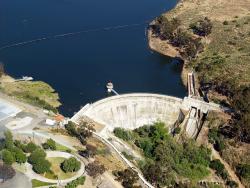
When completed in 1888 to a height of 90 feet, Sweetwater Dam was once the tallest masonry arch dam in the United States, and it led to many others of the same basic design. The original construction began in November 1886 under the direction of Frank E. Brown (civil engineer for Bear Valley Dam) with the rubble-masonry thin-arch design being 50 feet in height. Subsequently, the owner of the water system called upon civil engineer James D. Schuyler to continue and complete the project. Although the field of hydrology was very new and not fully understood at the time, Mr.
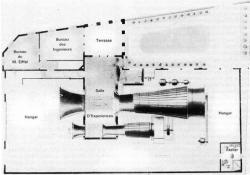
Late in life, the renowned structural engineer Gustave Eiffel (1832-1923) embarked on aeronautical research. Reliable data and repeatable research methods were rare in the early 1900s, but Eiffel brought an engineer's discipline to the field. In the process, he produced the most accurate aeronautical data of the time, confirmed a long-held theory about fluid flow that had never been unequivocally proven, and established a laboratory that became a model for future practice.
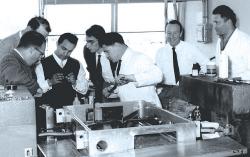
The 1992 Nobel Prize in physics was awarded to Georges Charpak, France, for his invention and development of detectors in high energy physics. Since 1959 Charpak had worked at CERN, the European laboratory for particle physics situated in the canton of Geneva in Switzerland. Charpak invented the multi - wire proportional chamber at CERN. The pioneering work was published in 1968. Largely due to his work particle physicists have been able to focus their interest on very rare particle interactions, which often reveal the secrets of the inner parts of matter.
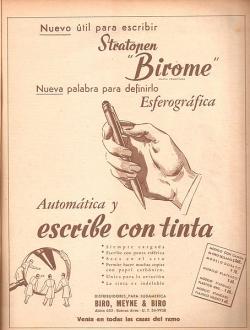
Innovations
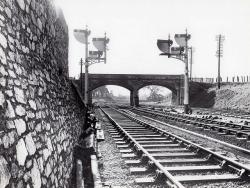
In the early 1830s, the merchants of Bristol, long dissatisfied with their communication with London, began to wonder if the new railroad technology might be a solution to their problem. The Bristol Chamber of Commerce, the Merchant Adventurers and other local industrial bodies formed a…
Read More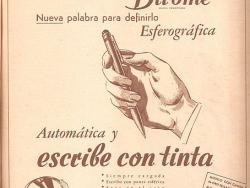
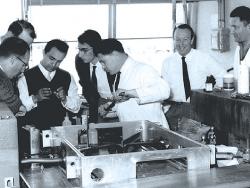
The 1992 Nobel Prize in physics was awarded to Georges Charpak, France, for his invention and development of detectors in high energy physics. Since 1959 Charpak had worked at CERN, the European laboratory for particle physics situated in the canton of Geneva in Switzerland. Charpak invented the…
Read More
Late in life, the renowned structural engineer Gustave Eiffel (1832-1923) embarked on aeronautical research. Reliable data and repeatable research methods were rare in the early 1900s, but Eiffel brought an engineer's discipline to the field. In the process, he produced the most accurate…
Read More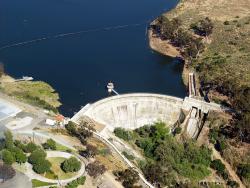
When completed in 1888 to a height of 90 feet, Sweetwater Dam was once the tallest masonry arch dam in the United States, and it led to many others of the same basic design. The original construction began in November 1886 under the direction of Frank E. Brown (civil engineer for Bear Valley Dam…
Read More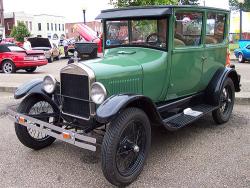
When Ford Motor Company introduced its new Model T on October 1, 1908, even an inveterate optimist like Henry Ford (1863-1947) could not predict the vast changes that his rather homely new vehicle would produce. What flowed from this series of bold innovations was more than an endless stream of…
Read More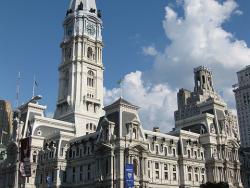
Philadelphia City Hall was the largest masonry load-bearing wall building in the world at the time of its completion in 1901, stood as the tallest occupied building in the United States until 1909, and still is the largest city hall in the United States. The building covers 14.26 acres,…
Read More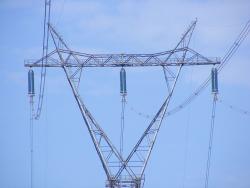
Hydro-Quebec's 735,000 volt electric power transmission system was the first in the world to be designed, built and operated at an alternating-current voltage above 700 kV. This development extended the limits of long-distance transmission of electrical energy. On 29 November 1965 the first 735…
Read More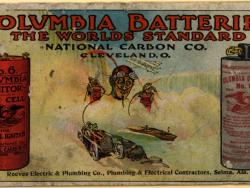
Imagine a world without batteries. It would be a much different world, in which the automobile and the telephone would have developed differently and probably later, a world without many of the conveniences of modern life and without some of the necessities. The battery, ever smaller and more…
Read More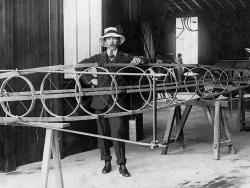
Born 20 July 1873 in the state of Sao Paolo, Alberto Santos Dumont moved to Paris in 1891 but never forgot his birthplace. He soon began experimenting with flying, and designed his first balloon, the Brasil, in 1898. He later built and flew 11 dirigibles, including the…
Read More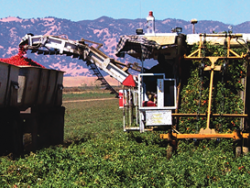
In 1942, University of California, Davis (UCD) biologist, Jack Hanna recognized the need for breeding tomato varieties that ripen uniformly and withstand the rigors of mechanical harvesting. In 1949, UCD agricultural engineer Coby Lorenzen and Hanna began developing a mechanical tomato…
Read More

